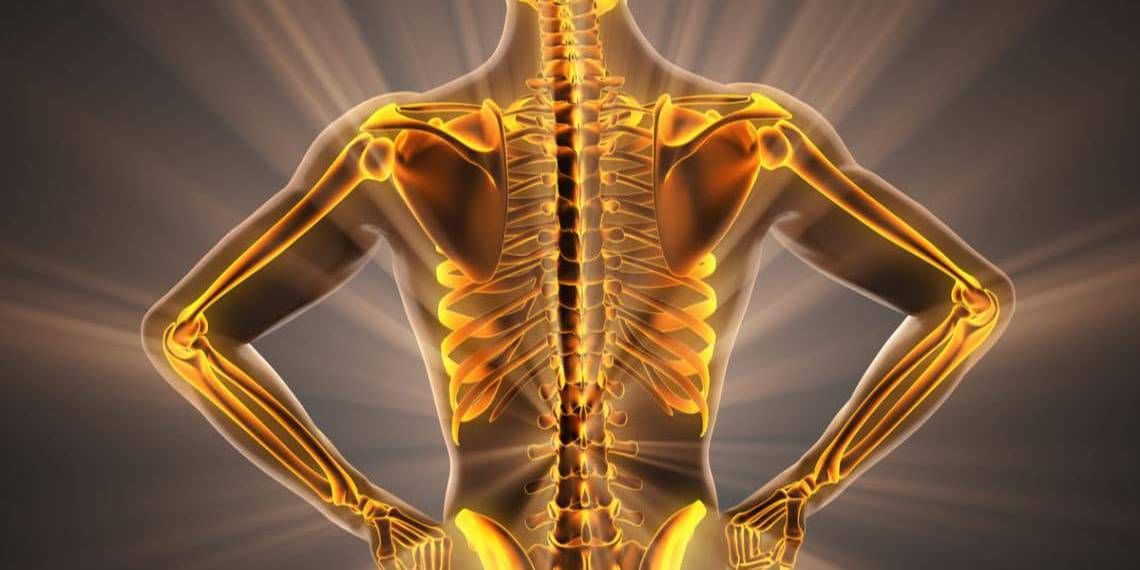This study tested the hypothesis that acute exposure to light during nighttime sleep adversely affects next-morning glucose homeostasis and whether this effect occurs via reduced sleep quality, melatonin suppression, or sympathetic nervous system (SNS) activation during sleep. A total of 20 young adults participated in this parallel-group study design. The room light condition (n = 10) included one night of sleep in dim light (<3 lx) followed by one night of sleep with overhead room lighting (100 lx). The dim light condition (n = 10) included two consecutive nights of sleep in dim light. Measures of insulin resistance (morning homeostatic model assessment of insulin resistance, 30-min insulin area under the curve [AUC] from a 2-h oral glucose tolerance test) were higher in the room light versus dim light condition.
Melatonin levels were similar in both conditions. In the room light condition, participants spent proportionately more time in stage N2 and less in slow wave and rapid eye movement sleep. Heart rate was higher and heart rate variability lower (higher sympathovagal balance) during sleep in the room light versus the dim light condition. Importantly, the higher sympathovagal balance during sleep was associated with higher 30-min insulin AUC, consistent with increased insulin resistance the following morning. These results demonstrate that a single night of exposure to room light during sleep can impair glucose homeostasis, potentially via increased SNS activation. Attention to avoiding exposure to light at night during sleep may be beneficial for cardiometabolic health.
Exposure to artificial light during the night is widespread globally, particularly in industrialized countries. Given that light and dark exposure patterns play a key role in the timing of many behaviors and physiological functions, exposure to light in the evening and night has been posited to be deleterious for human health and well-being. Impacts of light exposure during sleep are not as well studied as other kinds of nighttime light exposure. However, a recent cross-sectional observation study noted that, compared to no light exposure during sleep, any self-reported artificial light exposure in the bedroom during sleep (small nightlight in room, light from outside room, or television/light in room) was associated with obesity in women. Furthermore, the incidence of obesity was highest in those who reported sleeping with a television or light on in the bedroom. These findings suggest that light in the bedroom during nighttime sleep may negatively influence metabolic regulation.
Emerging evidence indicates that light exposure plays a role in human metabolic regulation, with evening light exposure having unfavorable effects on metabolic functions including decreased glucose tolerance and decreased insulin sensitivity. In line with these data, we have previously shown that blue-enriched light exposure in the morning and evening alters glucose metabolism, with an increase in insulin resistance compared to dim light exposure. In addition, evidence indicates that nighttime indoor light exposure during the habitual sleep period while awake, and during sleep itself, likely has deleterious metabolic effects. A recent study prospectively measured light exposure in the bedroom during nighttime sleep and showed that higher levels of bedroom light exposure were associated with a higher incidence of type 2 diabetes in an elderly population. However, the exact mechanisms by which light exposure, particularly during nighttime sleep, impacts metabolic regulation are not well understood.
In the present study, we tested the hypothesis that room light exposure (100 lx) during habitual nighttime sleep is associated with increased insulin resistance as measured by the homeostatic model of insulin resistance (HOMA-IR), the Matsuda insulin sensitivity index, and impaired response to an oral glucose tolerance test (OGTT) the next morning. In addition, we hypothesized potential mechanisms of light-induced metabolic changes, such as reduced sleep quality, suppression of melatonin level, and elevated sympathetic activation (HR and HRV) during the sleep period.
Source: www.pnas.org
Santegra’s products Passion Flower GP and Sleemil™ may help to improve sleep.








